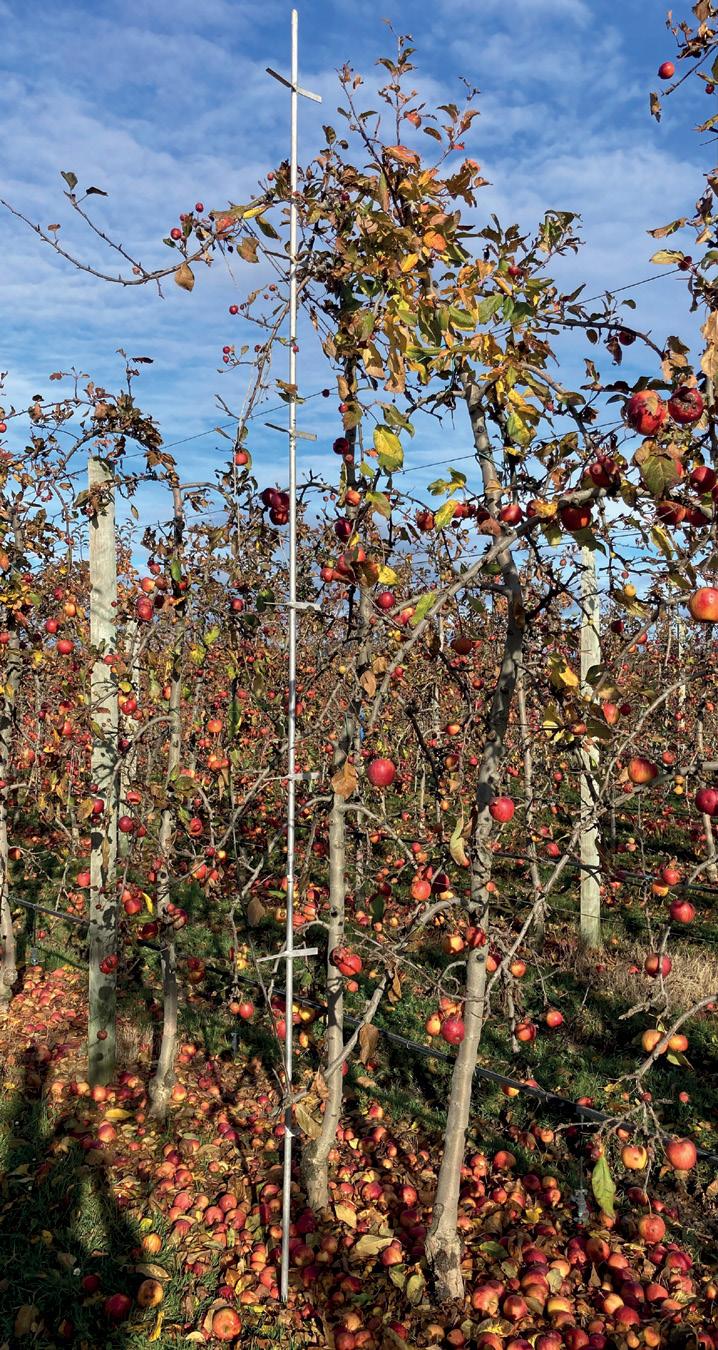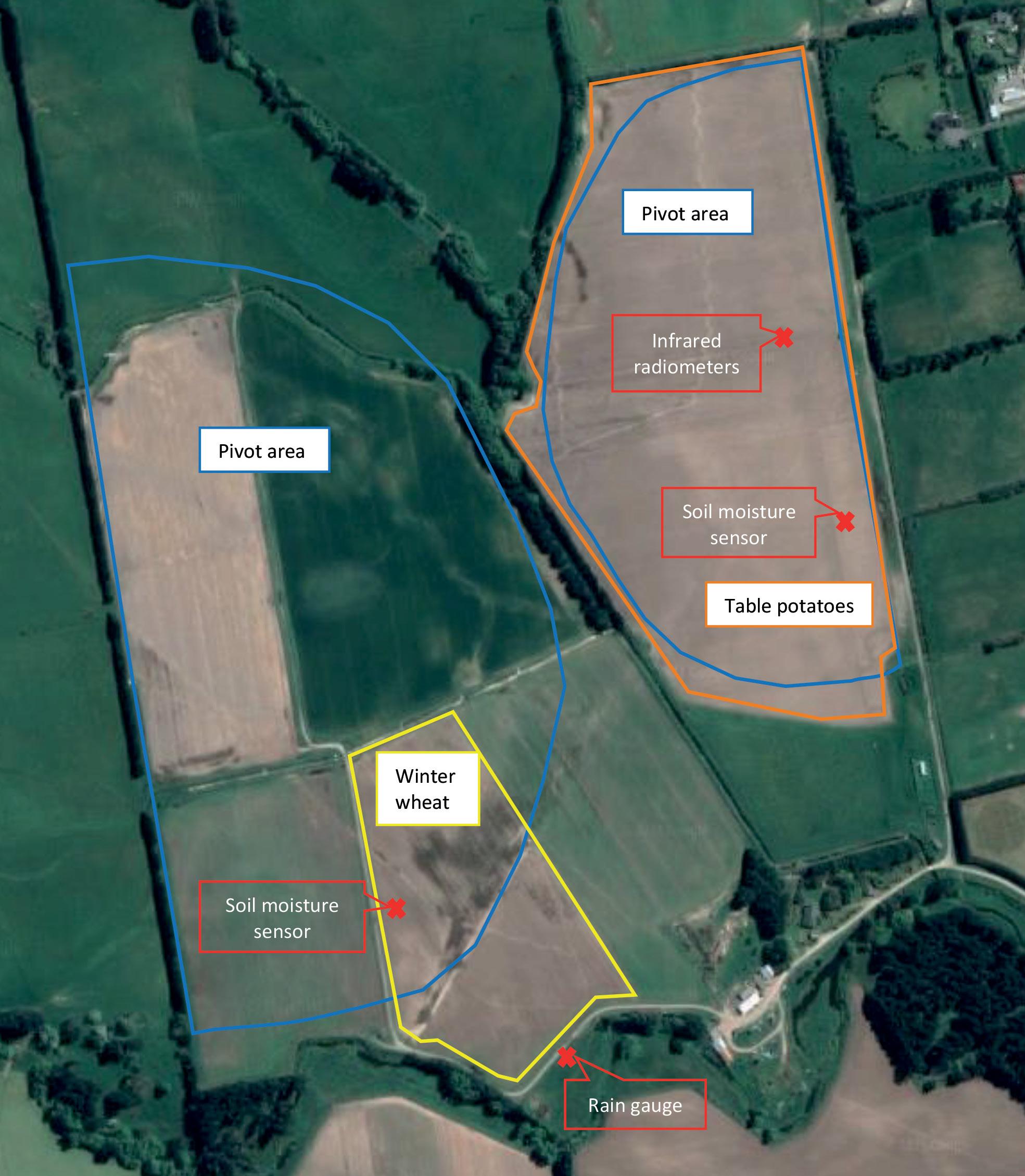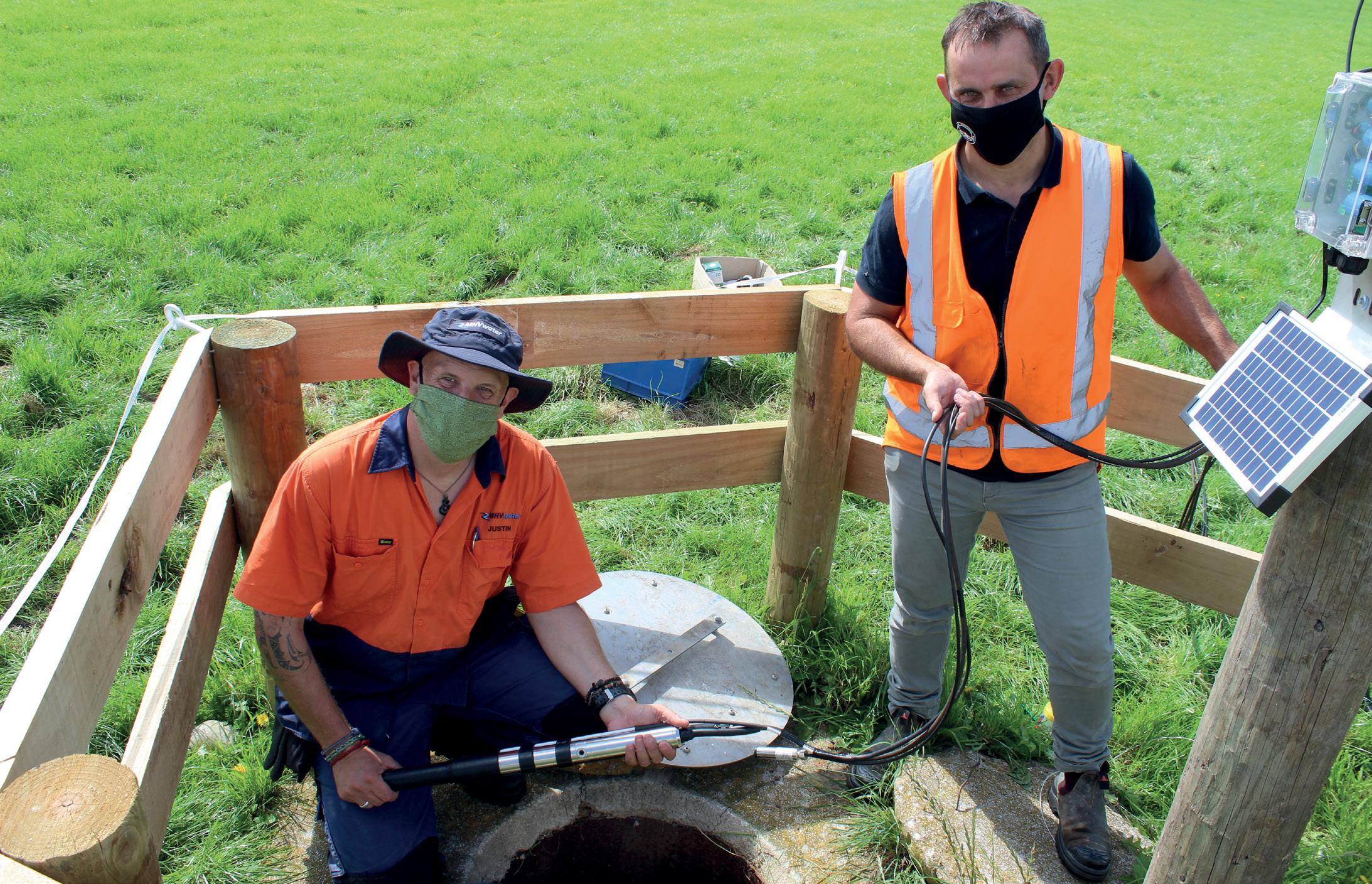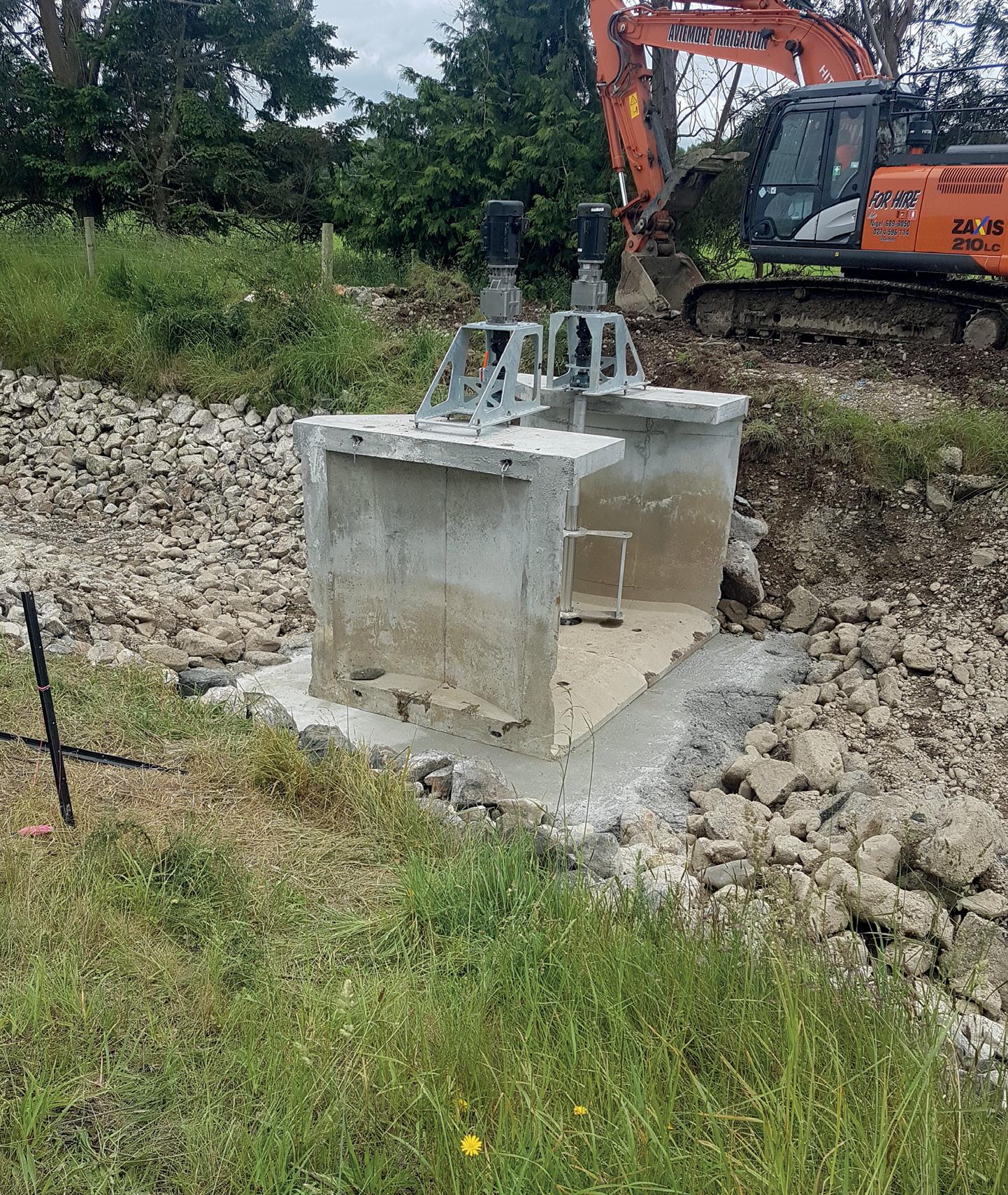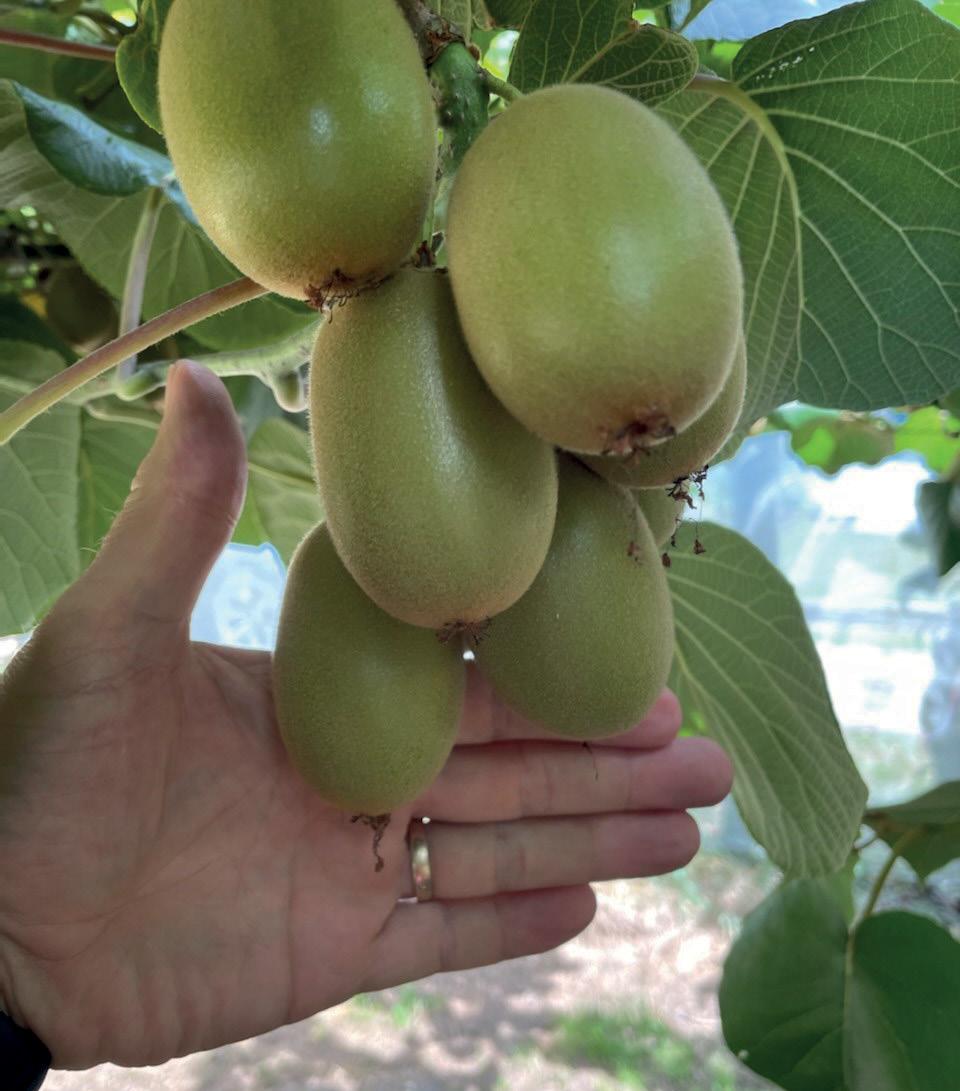
7 minute read
From the Chief Executive
Catchment groups thriving with MPI’s support
View from Here with Karen Adair, Deputy Director-General of Agriculture and Investment Services at the Ministry for Primary Industries (MPI).
Advertisement
One of the most rewarding aspects of my job is pulling on my gumboots and getting out on-farm to see the positive impacts of our investment programs.
I lead Agriculture and Investment Services at the Ministry for Primary Industries (MPI).
Our mahi centres around supporting farmers and growers across Aotearoa New Zealand. That includes extension services which fund a growing number of communityled catchment groups, and work with Māori agribusinesses to explore different uses for their whenua.
We also co-invest in projects driving innovation through the Sustainable Food and Fibre Futures (SFF Futures) fund. Since the inception of the fund in October 2018, MPI has allocated $160.2 million for 171 applications.
Our work supports the government’s Fit for a Better World roadmap to grow our food and fibre sector exports by an extra $44 billion in ten years, and restore freshwater environments to a healthy state within a generation.
One of the community-led groups we fund is Thriving Southland. It has been allocated $5.9 million over three years and has 33 catchment groups helping to improve land management practices.
I had the opportunity to meet group members in July last year, when I visited Southland to catch up with farmers. We discussed intensive winter grazing and the benefits better practices can have on freshwater quality.
A winter crop cultivation trial involving several Southland farms is gathering data and will provide useful information to assist farmers in meeting Essential Freshwater regulations.
More than 170 catchment groups, involving more than 5,000 farmers nationwide, are now receiving on-the-ground support backed by MPI funding.
The funding helps them access expertise and tools to improve their environmental and economic sustainability and wellbeing.
In the past two years, about $29 million has been invested in catchment groups through MPI’s extension services and Jobs for Nature programmes. A further $14.7 million has been allocated through the One Billion Trees programme and the SFF Futures fund.
Another group to benefit from MPI funding is the Hurunui District Land Group (HDLG) in North Canterbury. It has been allocated almost $4.4 million over three years.
The funding will see 100,000 native trees planted on sheep, beef, and dairy farms across the district. HDLG has employed three full-time catchment coordinators who are working with 270 farms covering more than 280,000 hectares of farmland. It’s on track to be supporting 300 farms by mid-2022.
A distinct part of the group’s work is providing one-on-one support to farmers. To date, it has assisted farmers develop more than 125 Farm Environment Plans (FEPs).
The plans are useful to lift farmers’ understanding of the environmental challenges and opportunities on their property. They are also helping farmers to produce nutrient budgets, calculate their agricultural greenhouse gas emissions and understand changing environmental regulations.
The number of catchment groups receiving support through MPI funding will continue to grow. In September last year, funding was announced to support farmerled catchment groups in the Manawatū, Rangitīkei, and Wairarapa districts in the lower North Island.
The Wairarapa Pūkaha to Kawakawa Alliance (WaiP2K) was allocated $1.1 million over two years to support five existing farmerled catchment groups and enable up to ten more to be established.
Local coordinators, at a catchment or sub catchment level, will be recruited from within each community and be responsible for the coordination of the catchment group. Workshops will cover mapping, stream health monitoring and predator control. Individual farm plans will be developed to feed into wider catchment plans.
Farmers’ hunger for knowledge from a trusted source is helping to drive the growth of catchment groups. Our investment includes funding for coordinators, which is the biggest and hardest cost for these groups to cover.
MPI is co-funding a conference organised by the NZ Landcare Trust in Wellington on 9–10 May 2022 (National Catchments Forum) that will highlight the achievements of catchment groups across the country.
Rebecca Hyde from the Hurunui District Landcare Group, with farmer Pip Hunter.
From development era to advanced technology: Managing water through changing environments and circumstances
View from There with Tony Oakes, Agricultural Engineer and Consultant in Australia.
Kerang, located 280 kilometres northwest of Melbourne, Victoria, was a great place for a graduate engineer to start work in the irrigation industry in 1980. All the normal features that you would expect of an irrigation region are on display; channels, drains, green pastures and crops, together with the associated support industries. However, the striking feature of the landscape, from whichever road you take into town, is the impact irrigation has had in the low-lying areas – salinised soils, dead trees, salt bush and lignum. The Kerang region and most of the landscape further down the Murray River basin is underlain by very saline groundwater, a feature of geological history. These conditions make sustainable irrigation management challenging and are a constant reminder of the delicate balance between production and sustainability. An example of the management challenges within the region was the requirement to use Murray River water and the irrigation system to “freshen” the Loddon River which otherwise was too saline to use for the town’s drinking water. Another unique feature of the region is the extensive modification of natural creeks and ephemeral lakes that convey water, primarily from the Murray River at Torrumbarry on a long journey as far as the plains north of Swan Hill. In addition to conveying and storing water for irrigation, this modified environment has been a haven for water sports and wildlife, hosting the world renown Ibis rookeries and being a favourite location for duck hunters.
My employer, the State Rivers and Water Supply Commission (SR&WSC) was established by the Victorian government in 1905 to develop the state’s water resources, with a prime focus on irrigation development and closer settlement. The SR&WSC had a proud history of design and construction, but the completion of Dartmouth Dam in 1979, the largest dam in the Murray Darling Basin with a constructed capacity of 4,000 gigalitre (GL), signalled the demise of the major development era. The death of fruit trees in the Shepparton region in 1974 placed a renewed focus on the mitigation of water logging and land salinisation. The initial response was on engineering solutions to reduce groundwater levels by both government and landowner owned pumps. This broadened in the 1980s to whole farm planning, facilitated by the technology enabled evolution of laser graded irrigation layouts, and surface drainage capture and reuse dams. The emphasis changed from extracting the excess from irrigation to reducing the accessions to the groundwater. Against this background it was unsurprising that the Victorian government chose to allocate its share of the water made available by Dartmouth Dam to new private diverters from the Murray River, between Swan Hill and the South Australian border. This initiative was supported by a major hydrogeological investigation to identify land that would be suitable for irrigation development that would minimise the mobilisation of ancient saline groundwater to the river. This led to the development of high value agriculture (olives, grapes, and nuts) adjacent to the river, supported by best practice pressurised irrigation systems.
Following nearly a decade of reviews in Victoria by the Public Bodies Review Committee, which amongst many other things consolidated the number of agencies dealing with urban water and sewage, in 1984 the government replaced the SR&WSC with the Rural Water Corporation. This decision was motivated by the need for the irrigation sector to become financially independent and to improve productivity and performance. This marked the end of the development era with a focus on organisation transition to improve customer service and reduce costs. Apart from a continuing focus on finance, assets, environmental sustainability and the introduction of water trading, there was a major focus on improvements in the way the water delivery systems were operated.
The role of the field employee, known as the water bailiff, who was historically responsible for the entire operation and minor maintenance of their section of network, was redefined. Centralised Communication and Planning was introduced where farmers placed requests (orders) for water by phone, on telephone answering machines. These orders were processed and scheduled by centrally based water planners with the support of a minicomputer-based system which streamlined central communication and administration with customers. Dedicated field operators implemented the required computer-generated equipment settings, known as running sheets. This changed approach resulted in significant productivity (labour) savings and improved customer service as planning at a larger scale Flood irrigation at its worst – Kerang Irrigation Area, 1980.




